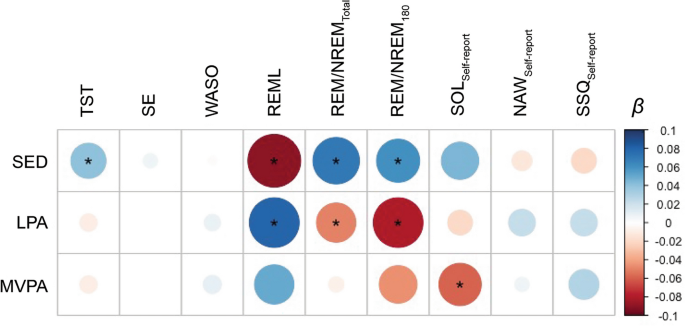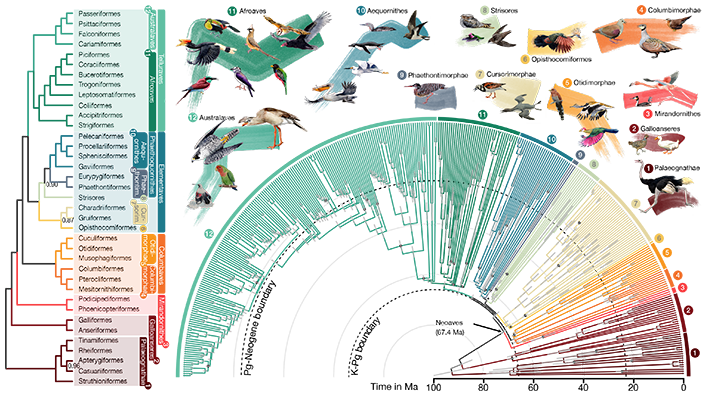2024-04-01 テキサス大学オースチン校(UT Austin)
<関連情報>
- https://news.utexas.edu/2024/04/01/move-more-sleep-better-ut-study-finds/
- https://www.nature.com/articles/s41598-024-56332-7
自然環境における身体活動が睡眠構造と気分に及ぼす影響 The effects of physical activity on sleep architecture and mood in naturalistic environments
Kennedy Zapalac,Melissa Miller,Frances A. Champagne,David M. Schnyer & Benjamin Baird
Scientific Reports Published:07 March 2024
DOI:https://doi.org/10.1038/s41598-024-56332-7

Abstract
Physical activity has been found to alter sleep architecture, but these effects have been studied predominantly in the laboratory and the generalizability of these findings to naturalistic environments and longer time intervals, as well as their psychological effects, have not been evaluated. Recent technological advancements in wearable devices have made it possible to capture detailed measures of sleep outside the lab, including timing of specific sleep stages. In the current study, we utilized photoplethysmography coupled with accelerometers and smartphone ambulatory assessment to collect daily measurements of sleep, physical activity and mood in a sample of N = 82 over multi-month data collection intervals. We found a robust inverse relationship between sedentary behavior and physical activity and sleep architecture: both low-intensity and moderate-to-vigorous physical activity were associated with increased NREM sleep and decreased REM sleep, as well as a longer REM latency, while higher levels of sedentary behavior showed the opposite pattern. A decreased REM/NREM ratio and increased REM latency were in turn associated with improved wellbeing, including increased energy, reduced stress and enhanced perceived restfulness of sleep. Our results suggest that physical activity and sleep account for unique variance in a person’s mood, suggesting that these effects are at least partially independent.


